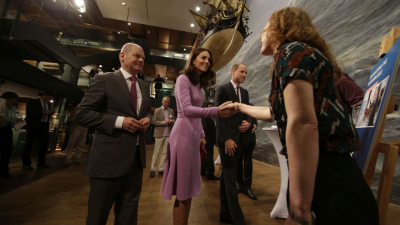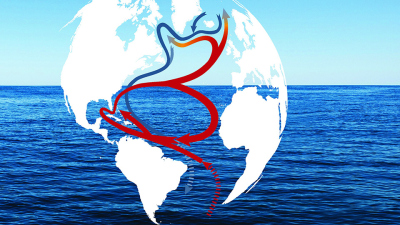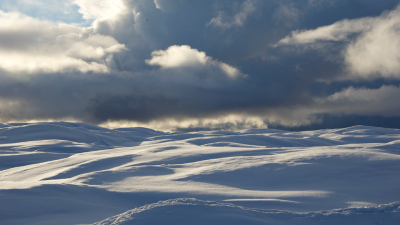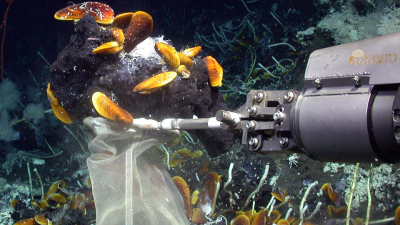Aug 23, 2017
ECORD Summer School 2017
The eleventh ECORD Summer School is centered around coral mounds, contourite drift deposits and how the current affects the seabed. From August 21 to ...
+
The eleventh ECORD Summer School is centered around coral mounds, contourite drift deposits and how the current affects the seabed. From August 21 to ...
+
Research vessel Polarstern is on a special expedition to the Arctic, starting in Tromsø (Norway). The autonomous underwater robot TRAMPER is sopposed to be ...
+
Prof. Ph.D. Dr. h.c.Wolfgang H. Berger of Scripps Institution of Oceanography, La Jolla, Cal., USA, died unexpectedly on 6 August 2017 at the age of 79.
+

The Duke and the Duchess of Cambridge have met early career scientists and caught up on excellent German marine research at the International Maritime ...
+
There are many speculations about the Gulf Stream. But what do scientists know? A brochure, published by the German Climate Consortium and the German ...
+
Recent borehole observatory installations offshore Japan unravel how much energy is released in slow slip earthquakes, as recently published in Science by ...
+
During the last glacial period, the influence of atmospheric CO2 on the North Atlantic Current caused a temperature increase of up to 10 degrees Celsius in ...
+
In the depths of the Gulf of Mexico, oil and tar seep from the ocean floor and form bizarre structures reminiscent of cooled lava – so-called asphalt ...
+